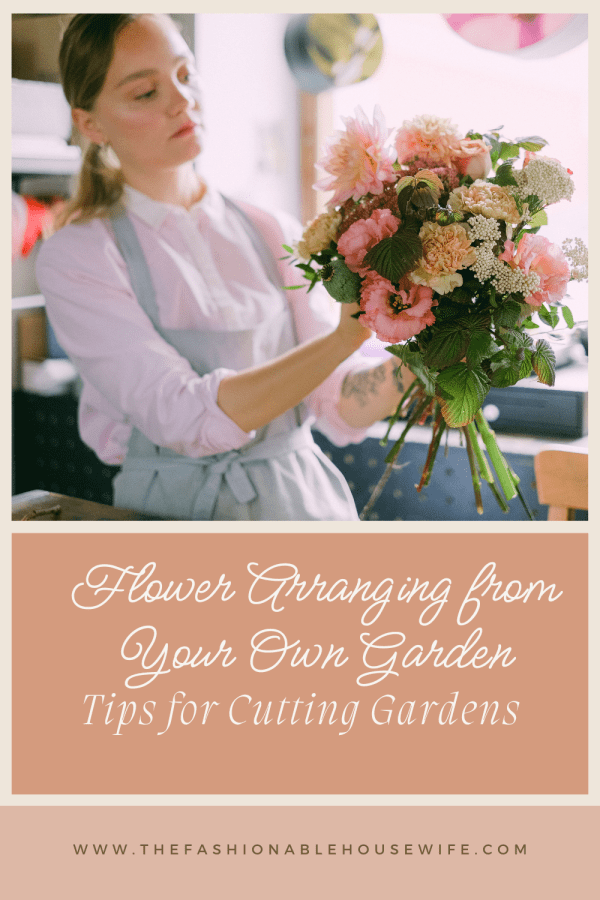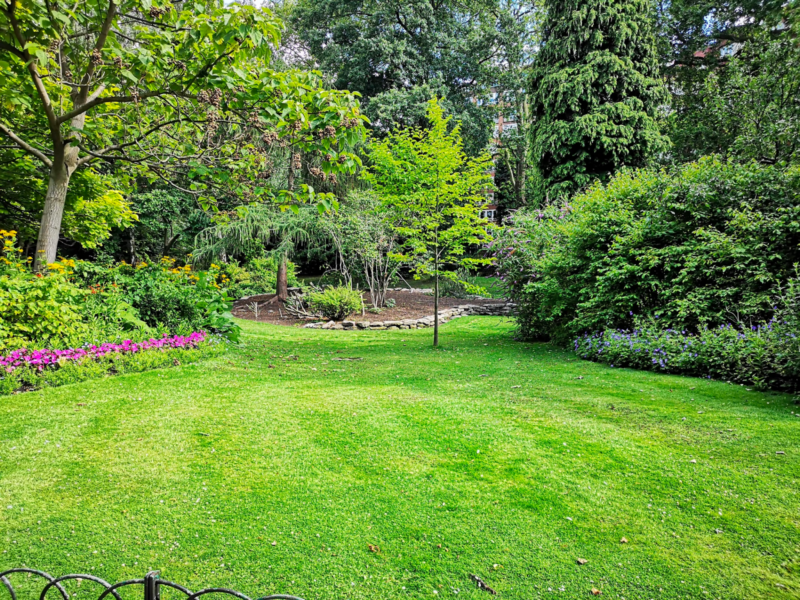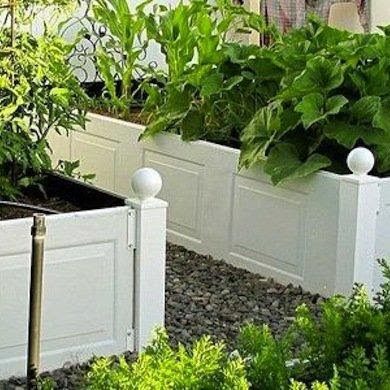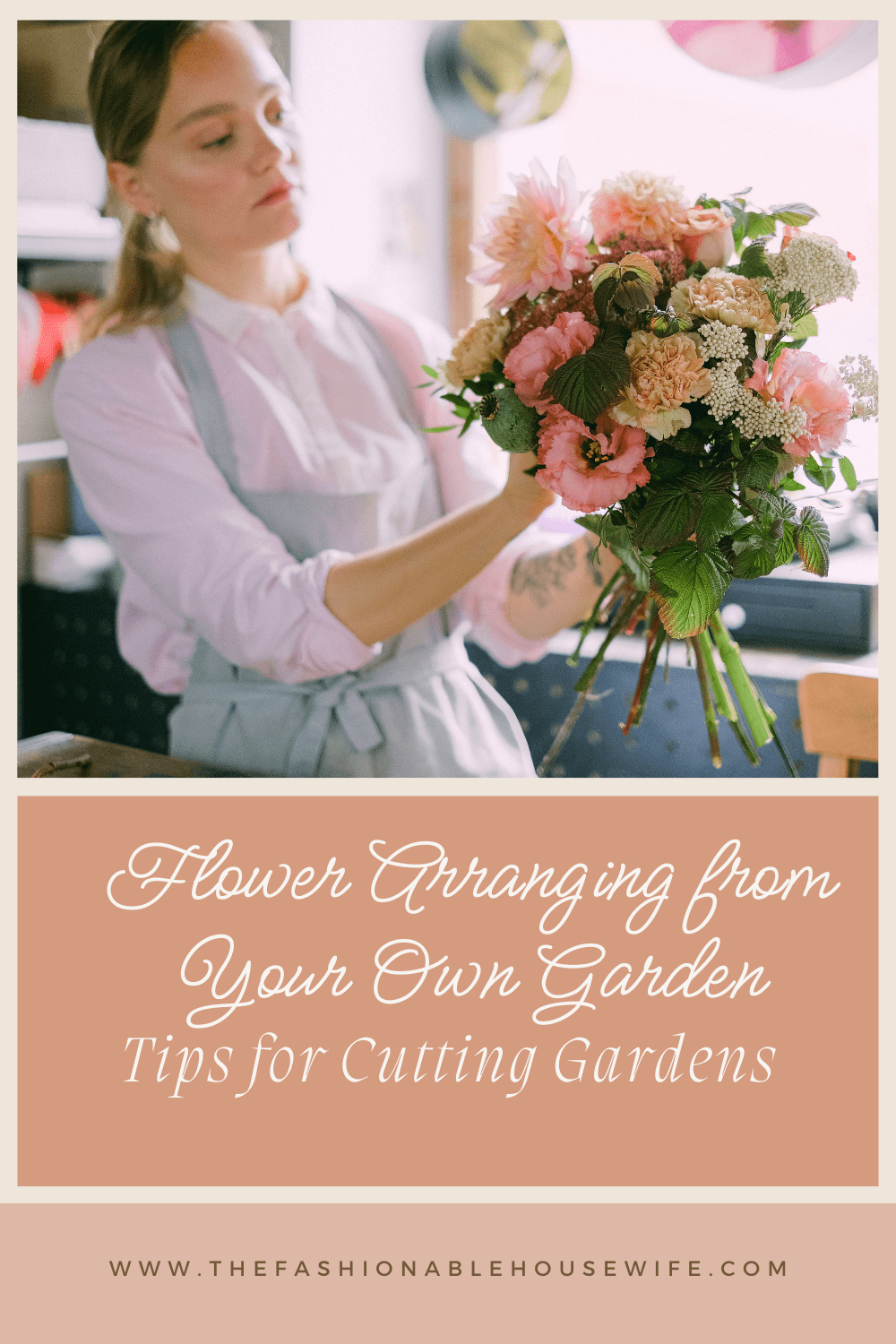Flower Arranging from Your Own Garden: Tips for Cutting Gardens

Flower arranging with your own flowers in your home goes beyond mere decoration – it’s an expression of your unique individuality. Every stem and petal echoes your unique style, arranged by your vision. Purchased bouquets simply don’t compare.
Planting your own blooms substantially reduces costs and minimizes waste. Creativity and sustainability beautifully entwine in this rewarding process.
The practice itself is equally gratifying as the outcome. The act of nurturing, pruning, and structuring fosters a profound admiration for the intricacies of nature. Let’s discover how to bring this vision to life.
Choosing the Right Flowers for a Cutting Garden
A highly attractive flower garden is the result of thoughtfully chosen blooming plants that produce flowers at different times.
Among the most effective approaches is cultivating a diverse array of vegetation. This includes rosaceous plants, helianthous, and zinniaceous plants, which are relatively easy to cultivate and produce a stunning array of colors and forms.
Zinnias are great for all gardeners. Choose blooms with a long vase life. They stay fresh longer than other flowers. This enables your floral arrangements to maintain their charm for multiple days.
Consider which flowers flourish in your local environment. This can influence the health and appearance of your blooms.
By integrating multiple techniques and combining a range of colors and arrangements, you can create an intriguing garden. This visually captivating approach offers numerous possibilities for constructing resilient and attractive floral assemblies.
Creating a Cutting Garden Layout
Creating a flourishing flower garden requires careful planning. Begin by pinpointing the perfect spots for your plants to thrive. Find a spot with six hours of direct sunlight daily for healthy growth.
Once you’ve singled out the best locale, arrange the garden in such a way that you can move easily around the plants. Ensure you provide substantial space between the plants to foster healthy growth.
Utilizing this approach reduces the potential for issues related to pests and diseases. To avoid cramping your green friends, think about incorporating raised planting beds or positioning the plants within rows that are adequately distanced.
Organising your garden in this manner not only presents a visually appealing environment but also improves the drainage system.

Soil Preparation and Fertilization
Soil composition fundamentally determines garden success. Conduct a straightforward pH test to understand existing soil conditions. Most flowering plants prosper in slightly acidic environments. Utilize lime or sulfur to appropriately modify the pH balance if you need to.
Boost your soil’s nutritional value and ability to retain moisture with organic compost. Opt for a fertilizer enhanced with phosphorus and apply it methodically to foster robust plant growth.
Regular attention and care will sustain the vitality of your garden across the entire growth season.
Watering Techniques for Healthy Blooms
Adequate hydration is crucial for the well-being and prosperity of your garden. Water will give strong root growth to your plants so they can thrive.
Avoid shallow, daily watering as it has the potential to debilitate the plants. Opting for a thorough soaking once or twice per week is advisable. Keep in mind that this frequency can fluctuate based on your soil condition and the particular requirements of your garden.
The timing of this process is equally important. Starting early in the morning is ideal since this reduces evaporation, allows the leaves a chance to dry during the day, and helps keep diseases away.
When the first option isn’t feasible, consider late afternoons as an acceptable substitute. Shy away from watering too far into the evening; it can result in plants remaining damp all night, paving the way for possible health issues.
You must calibrate your watering with the climate. During warm weather, your blossoms will require extra water to counteract stress. Mind you, it is crucial that you inspect the soil before watering to avoid saturating the beds excessively.
You should also examine your plants for clues. If they have droopy or dry leaves, this could signal the need for water. Yellow leaves or rot are indications of overwatering.
Pest and Disease Management
A prosperous garden boasts more than just growth—it underlines resilience. Intruders such as aphids, spider mites, and slugs require no invitation, and without intervention, they can wreak significant damage on even the most vigorous plants.
Overlooking them isn’t an option for any sensible gardener.
Adopting organic methods can tip the scales in your favor. Tiny warriors of the natural world, like Ladybugs, consume aphids in large numbers, preventing infestation without needing harmful chemicals. Allow these creatures to guard your greenery, and they will take on the hard work.
The danger isn’t only from pests. Fungal diseases and black spots sneak in when the humidity persists, silently undermining your garden’s strength.
Be alert to early warning indicators, such as changes in color, restricted growth, and take swift action. Cutting off contaminated leaves halts disease before it can spread uncontrollably.
A savvy gardener never repeats their methods. Shifting between flower species puts plants in at an advantage, interrupting pest cycles and making your garden a less appealing location for repeating intruders.

Best Practices for Cutting Flowers
We recommend picking your flower arrangements during the early morning hours when temperatures are lower. The chillier climate allows stems to absorb moisture effectively, resulting in a longer lifespan and increased visual appeal.
Making use of appropriate gardening tools during flower harvesting is essential. Clean and sharp tools provide accurate cuts and don’t harm the stems’ water absorption capability.
Conversely, blunt or unclean tools might unintentionally harm the stems, shortening the life of the flowers. Regular maintenance of these tools both before and after use is a smart habit.
Furthermore, it’s highly important to place the freshly cut flowers in water shortly after harvesting. Neglecting flowers for a prolonged period post-cutting can lead to withering.
Keeping a sufficient supply of water ready in advance can help sustain the freshness of your flowers for an extended period.
Lastly, remove surplus leaves from the stems. Leaves submerged in water can induce bacterial growth. By pruning unnecessary leaf portions, you can preserve both the health and aesthetic appeal of your flowers for a longer duration.
Crafting Eye Catching Arrangements
To design an attractive botanical display, you need more than just flowers in a jar. Begin with a featured bloom. Dahlia or a rose are good choices to draw in the eye.
Compliment it with more delicate flowers to balance the aesthetic. Gypsophila and daisies are good choices here.
Introducing foliage such as eucalyptus leaves or ferns can fill voids and grant additional dimension, enhancing the bouquet’s appeal. Experimentation with assorted vase dimensions and models can entirely alter the display’s ambience.
A lofty, slim vase highlights the arrangement’s verticality, while a broad, low one offers a more diffused look. With these varied mixes, each arrangement becomes a lively, inventive spectacle that leaves an impression.
Techniques for Preserving Flowers
Preserving the aesthetic appeal of flowers post-picking is crucial. A simple technique involves suspending them upside-down in an airy location, aiding them in maintaining their structure and soft tints.
Silica helps a great deal to retain their vibrant colors. Submerge the flowers in this substance first in it. As a result the flowers remain fresh and in one piece.
As soon as they’re dry, tuck them away in a cool, shadowy spot to ward off fading or harm. These maintained flowers are ideal for craft activities or to enhance the appeal of your living space.
Adapting Cutting Practices to Seasonal Changes
Autumn planting is fundamental for a garden bursting with vibrant flowers in springtime.
Integrate daffodil and tulip bulbs into your gardening strategy. Allow them to develop robust root systems throughout the cold season. These preparations will culminate in an extraordinary floral display when temperatures rise.
Before winter sets in, assess your garden’s layout. Make sure that there is sufficient space for your plants to thrive to their full potential.

Selecting Resilient Fluorescent Blooms
Summer presents challenging conditions for plants experiencing intense heat and arid winds. Select resilient blooms like lavender and coneflowers, which demand minimal hydration.
When doing flower arranging, be sure to distribute a protective mulch layer across soil surfaces to preserve moisture and maintain cooler ground temperatures. Consistent deadheading will encourage continuous flower production. This maintains your garden’s visual appeal throughout the hot season.
Protecting Your Plants and Looking Ahead to Future Growth
As winter approaches, focus on safeguarding your plants and thinking ahead. Mulching provides essential protection to roots from icy temperatures. It also serves as an insulating layer.
You have the option to use cloches or move vulnerable samples indoors for enhanced safety. In case the winter garden arrangements feel daunting, feel free to engage with professionals.
Local gardening specialists typically provide vital tips and practical support. Such proficiency aids in navigating seasonal changes, guaranteeing your plants get top-notch care in tough winter periods.
Use this chance to weigh the success of past tasks and adapt as needed, gearing up for upcoming blossoms.
Conclusion
Cutting is an art. You can create striking bouquets and save a pretty penny from florist visits. Keep in mind that the approach helps the planet by reducing carbon emissions.
Watching your garden progress from seedlings to fully grown flowers is deeply satisfying. If this concept interests you, consider establishing a cutting garden.
For those needing guidance, seeking gardening help from local experts can provide valuable insights into creating and maintaining your floral sanctuary so you can decorate your home with fresh blooms whenever you want!

